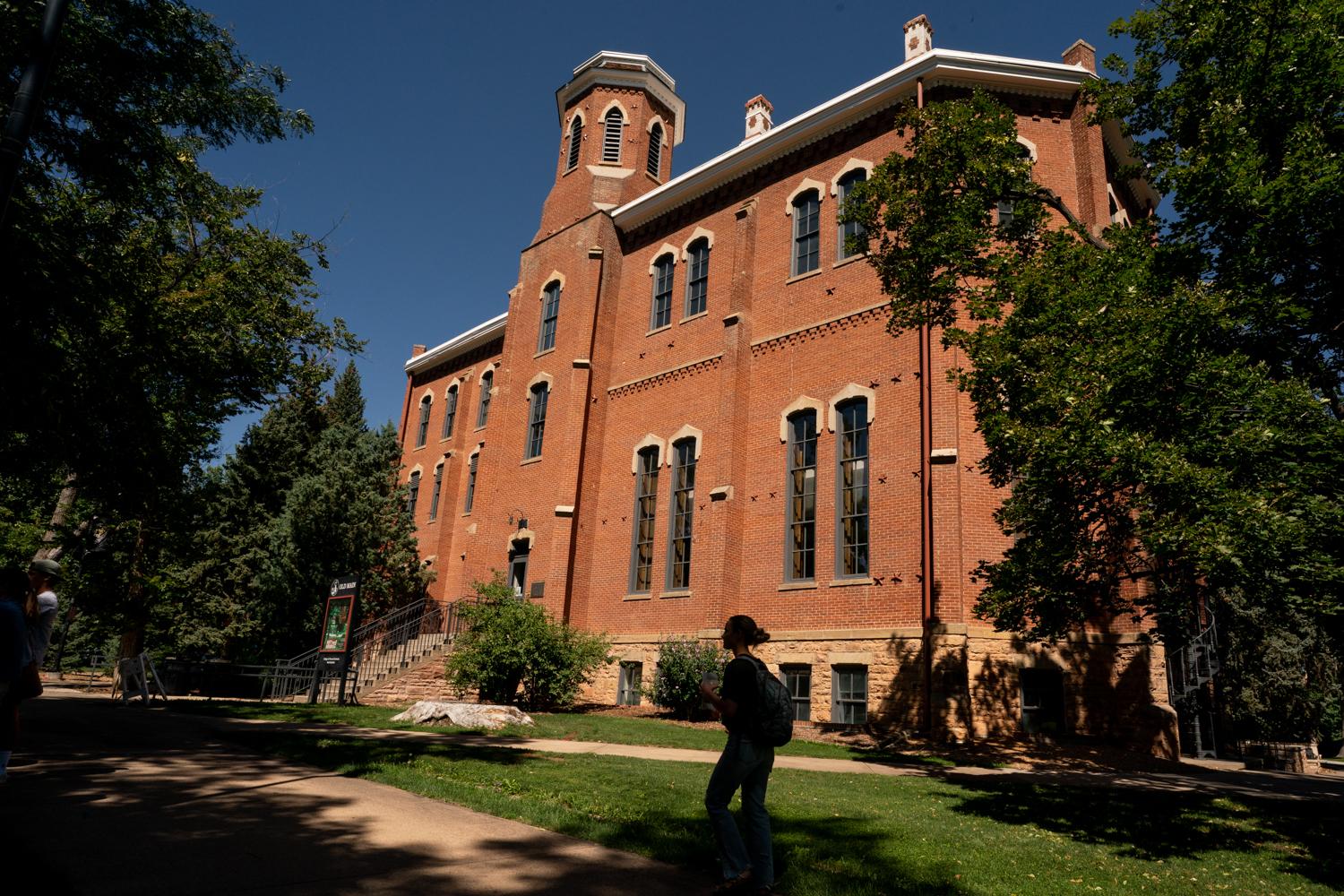
The University of Colorado Boulder may soon start using geothermal energy on campus if two new studies show future potential.
The use of heat from the Earth to generate on-site electricity will depend on the outcomes of the university studies after the state awarded CU two state grants totaling nearly $700,000.
“Geothermal energy, the heat beneath our feet, is an underutilized resource that can save people money on energy and improve air quality,” said Gov. Jared Polis Friday at a ceremony announcing the recipients of grants from the statewide Geothermal Energy Grant Program. CU’s funding was part of $7.7 million in grant awards announced for 35 projects to advance geothermal technology in Colorado.
University officials said geothermal energy is an efficient way to heat and cool campus buildings and would help advance CU Boulder’s goal to cut its greenhouse gas emissions in half by 2030 and to make zero emissions by 2050. The university updated its climate action plan last month.
“The major portion of that is going to be converting the 200 buildings that we have on campus from a gas-fired steam system to an electric-powered, low-temperature hot water system,” said Pat O’Rourke, executive vice-chancellor and chief operating officer at CU Boulder.
One study will explore using geothermal for the large Williams Village student residence complex. If successful, the campus would create a geo-exchange, a system that uses pumps to retrieve heat from the earth or cooling energy. That project could lead to investment in a geothermal heating/cooling system to replace steam and fossil-generated heat.
A second study would explore the availability and feasibility of using “deep geothermal resources” to generate heat and power for the campus. That means finding high-temperature heat from below the earth’s surface to create steam that is then converted to electricity. If successful, that study could lead to new plants to produce geothermal energy on campus.
Both CU studies will begin this summer.
O’Rourke said once renewable energy sources are identified, ”it will be a lower cost opportunity for us enabling students to have lower tuition.” That’s already happened at Colorado Mesa University in Grand Junction.
That school will also receive a grant to continue expanding its geothermal network to other buildings. The university has the largest geo-exchange system of its kind in the Intermountain West, saving the university more than $1.5 million in annual operating costs and reducing its carbon footprint by nearly 9,000 metric tons a year.
Savings from the result of using geothermal systems has led to reduced tuition, said Polis. The university estimates tuition has been reduced two percent.









